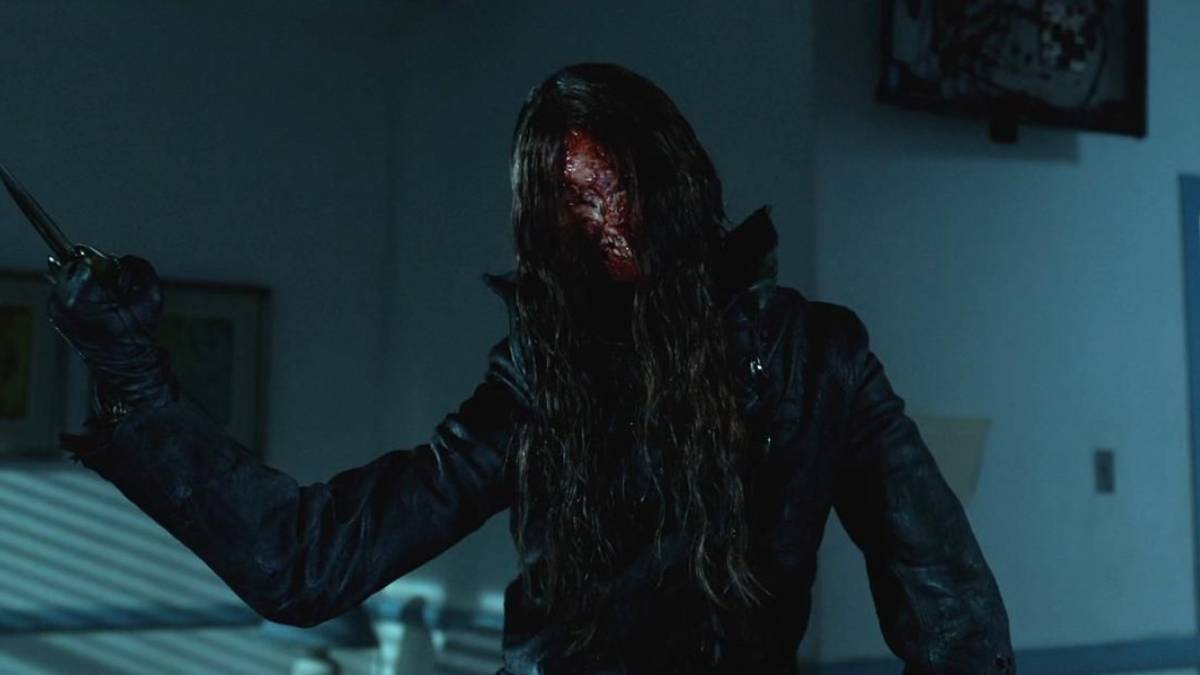No matter how strong a movie’s first two acts are, the ending is what lingers in the audience’s mind. A great finale can turn a good film into a classic, while a clumsy or baffling one can sink the entire experience. In the past five years, we’ve seen an unfortunate number of films collapse under the weight of their conclusions, sometimes through lazy writing, sometimes through tonal whiplash, and occasionally through sheer narrative nonsense.
The endings on this list actively tarnish everything that came before (though, in some cases, the whole movie was pretty bad, too). From big-budget blockbusters to ambitious indies, here are ten films from the last five years whose final moments proved that sticking the landing is harder than it looks.
10
‘Morbius’ (2022)
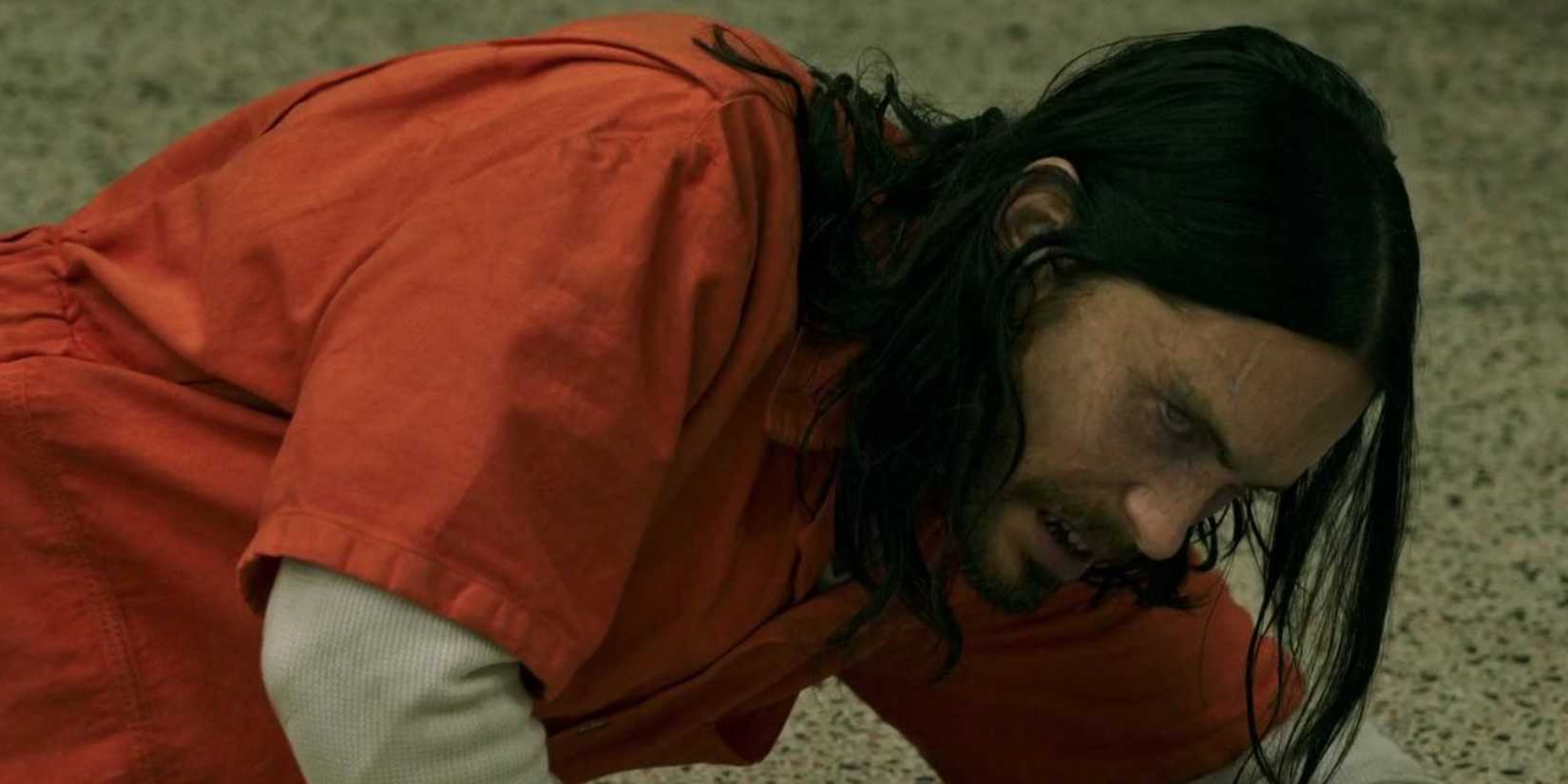
Credit: Image via Columbia Pictures
“No one else has to die.” The ending of Morbius tries to set up a tragic antihero climax, but instead collapses into a rushed, incoherent blur of CGI noise. What should be an emotionally charged showdown between Michael Morbius (Jared Leto) and Milo (Matt Smith) devolves into two blurry, physics-defying bats smashing into each other in a dark, unreadable digital soup. There’s no weight to the fight, no emotional escalation, and no real consequence beyond Morbius sort of… flying away. Also, Martine (Adria Arjona) gets accidentally turned into a vampire herself.
Then comes the mid-credits scene, one of the most baffling franchise-building attempts in recent memory, where Vulture (Michael Keaton) inexplicably appears and proposes teaming up. It hints at a potential Sinister Six movie that no one wants. The logic is nonexistent, and the tone is bizarrely casual. Morbius could have leaned into tragedy, horror, or even camp. Instead, it closes with a shrug, a commercial for a movie that probably shouldn’t exist.
9
‘Winnie-the-Pooh: Blood and Honey’ (2023)
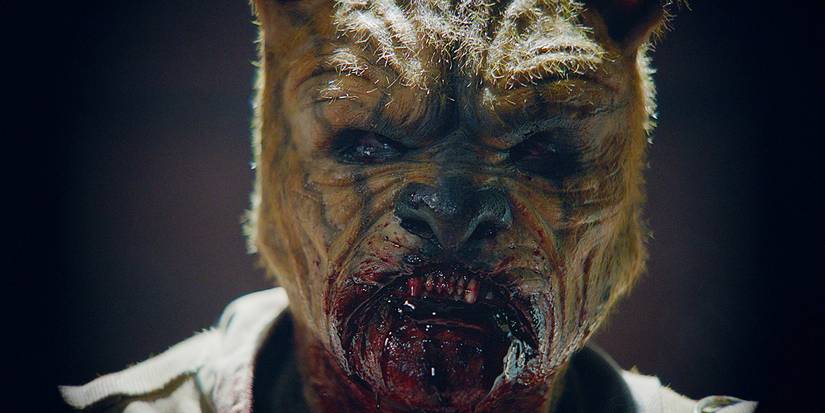
A bloody Tigger looking menacing in Winnie the Pooh: Blood and Honey 2Credit: Image via ITN Distribution
“You left me.” Winnie-the-Pooh entered the public domain in 2022, leading to a handful of bizarre riffs on the character, arguably none worse than this horror. Even for a movie built entirely around a meme, the ending of Blood and Honey is a grim little disaster. What begins as a knowingly absurd horror premise (turning childhood icons into masked slasher villains) somehow manages to take itself way too seriously by the finale. Instead of delivering a gleefully over-the-top showdown or satirical twist, the film ends in a drawn-out, joyless slaughter sequence that feels both rushed and padded at once.
Pooh’s final kill is meant to be shocking, but it’s executed with such flat direction and stilted pacing that it comes off as cheap. Worse still, Blood and Honey doesn’t commit to any sort of narrative closure. It just… stops, as though the filmmakers realized they’d hit their runtime. A traumatized Christopher Robin (Nikolai Leon) flees into the woods, accepting that his friend is beyond redemption. So is this movie.
8
‘Don’t Worry Darling’ (2022)
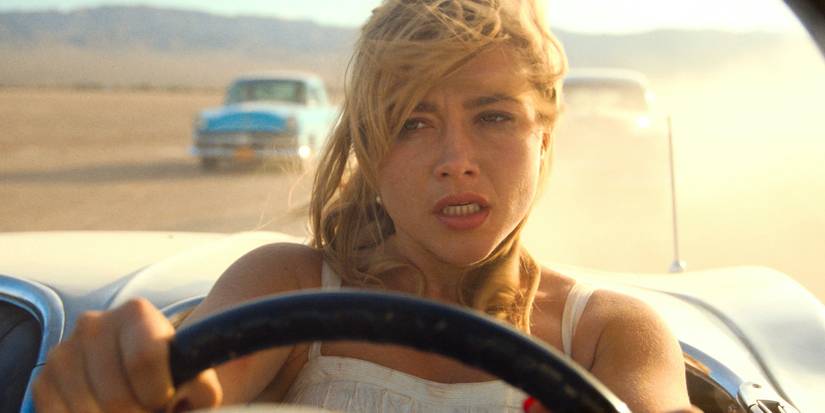
Alice (Florence Pugh) driving away with a distressed look on her face in Don’t Worry DarlingCredit: Image via Warner Bros.
“You’re not here to listen to me, you’re here to control me.” For most of its runtime, Don’t Worry Darling builds a sleek, paranoid mystery around its Stepford-esque community. But the ending is where the glossy tension unravels into pure contrivance. The big reveal — that the idyllic 1950s world is a simulated reality trapping women without their consent — had the potential to be a scathing genre twist. Instead, it’s delivered in a clumsy info-dump, followed by a frantic chase sequence that feels imported from a lesser thriller.
Florence Pugh does everything in her power to sell the climax, but Don’t Worry Darling undermines her work with plot holes, awkward pacing, and unanswered questions. Why are some characters so loyal to the system? How exactly does the tech work? The story raises big ideas about control, misogyny, and autonomy, but drops them in favor of limp action and shouting. Yawn.
7
‘The Bubble’ (2022)
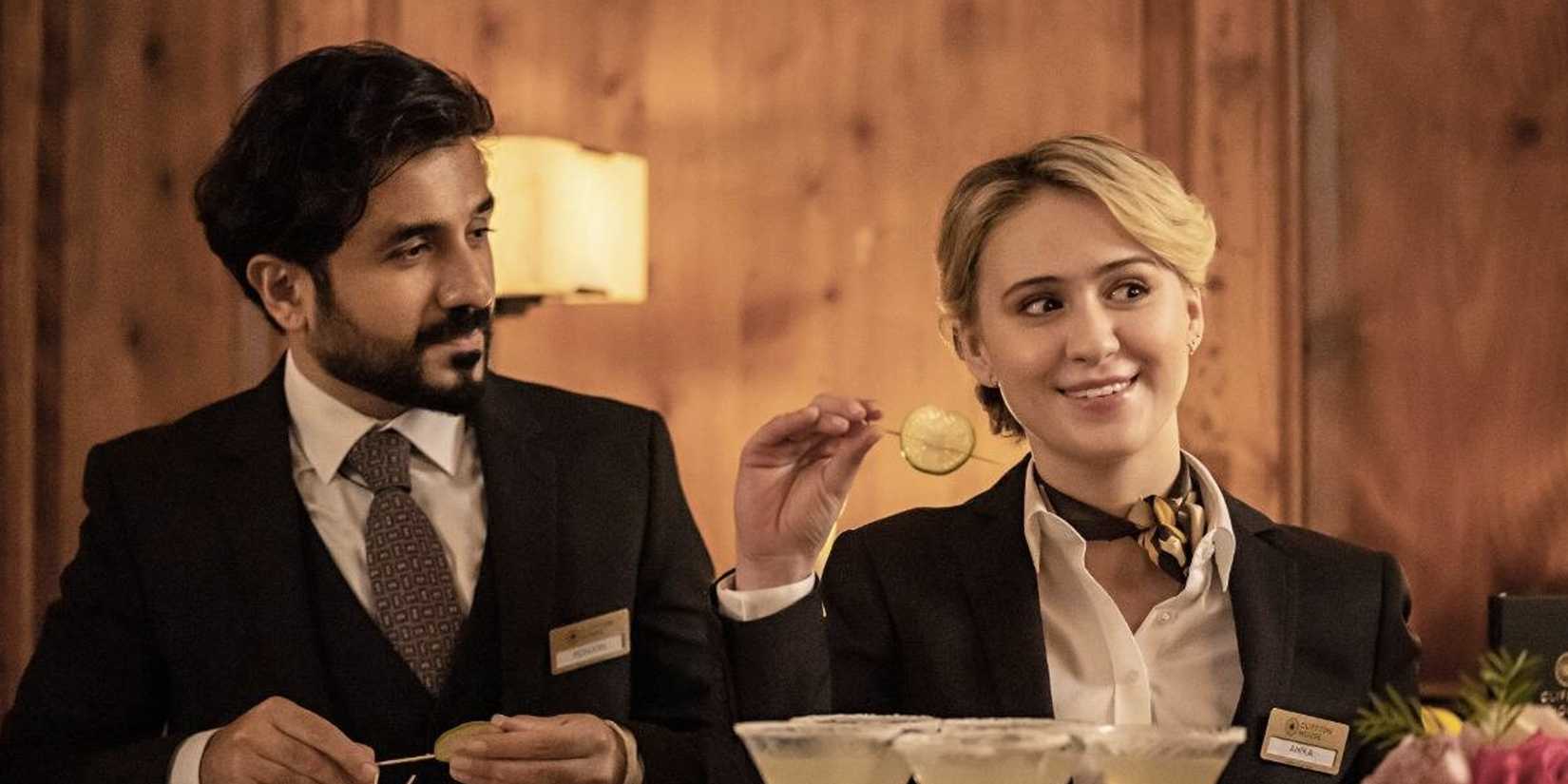
Credit: Image via Netflix
“Let’s just get this over with.” Judd Apatow’s pandemic-era satire The Bubble is a strange beast. It’s about making a bad blockbuster during lockdown, yet it somehow manages to be less entertaining than the fake movie inside it. The ending cements this failure by throwing every half-baked subplot into a single chaotic, unfunny sequence. Characters escape the production, reconcile in seconds, and deliver limp one-liners.
The supposed payoff, a mock documentary montage showing where everyone ended up, lands with a thud, relying on undercooked self-congratulatory in-jokes. We get neat, forced endings for each of them, all of them flimsy and cartoonish. The whole film is just a huge missed opportunity, given the star power and Apatow’s usual comedic skills. What could have been a sharp, surreal commentary on Hollywood vanity becomes a flabby, indulgent mess. It’s the cinematic equivalent of a cast party where no one really wants to be there.
6
‘Halloween Ends’ (2022)
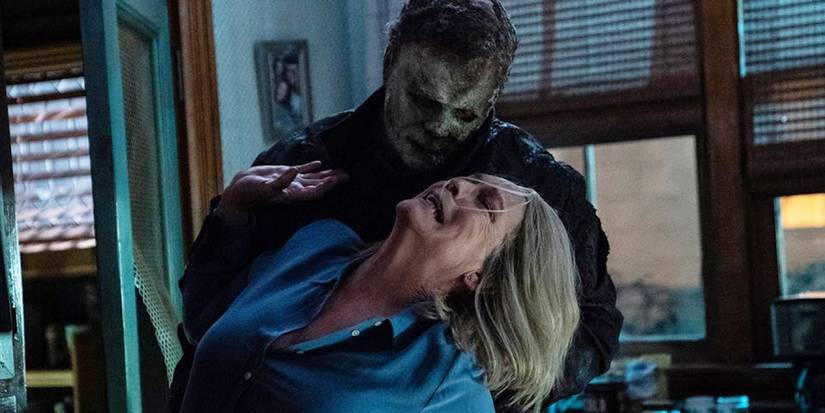
Michael Myers pulls Laurie Strode’s head back in Halloween Ends.Credit: Image via Universal Pictures
“Maybe the only way he can die is if I die too.” Fans waited decades for the ultimate showdown between Laurie Strode (Jamie Lee Curtis) and Michael Myers (James Jude Courtney), and Halloween Ends delivers… something else entirely. It sidelines Michael for most of the runtime, focusing instead on new character Corey (Rohan Campbell), whose descent into evil dominates the story. By the time Michael finally appears for the long-awaited face-off, the scene is over in a matter of minutes.
The fight itself is tense but shockingly brief, and while Laurie’s apparent victory should feel cathartic, the build-up is so mishandled that it barely registers. Then comes the bizarre funeral procession, in which the town parades Michael’s body like a political rally, complete with slow-motion shots and swelling music. It’s meant to be symbolic closure; instead, it feels forced and oddly hollow. Ultimately, rather than giving horror’s most famous final girl a fitting sendoff, Halloween Ends makes her a footnote in someone else’s story.
5
‘Blonde’ (2022)
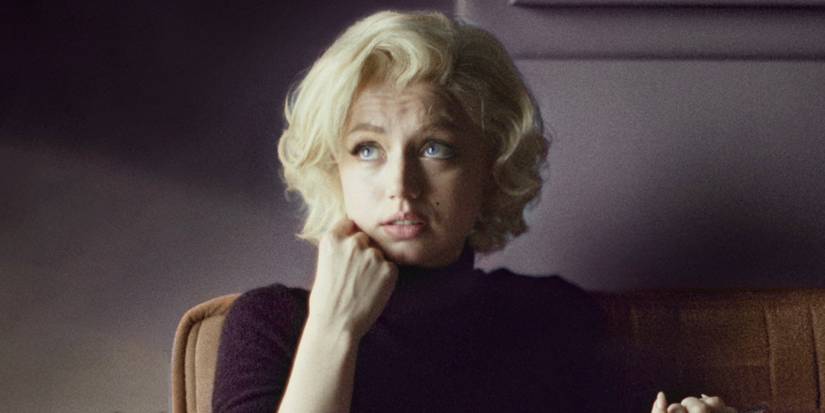
Credit: Image via Netflix
“I know you’re watching.” Andrew Dominik’s Blonde was already divisive for its fictionalized, often exploitative take on Marilyn Monroe’s life, but its ending takes the film from controversial to outright alienating. After nearly three hours of relentless misery, the final stretch doubles down, depicting Monroe’s (Ana de Armas) decline with an almost voyeuristic cruelty. Instead of offering any final grace note or sense of perspective, Blonde lingers on her isolation and death in a way that feels less like commentary and more like wallowing.
De Armas gives a deeply committed performance, at times fully transforming into Monroe, but the script leaves her with nothing to build toward. No evolution, no agency, just an unbroken line of suffering. The last shot, an abstract image of Monroe bathed in harsh light, wants to be haunting. Instead, it feels like a filmmaker congratulating himself on how much pain he can inflict on his audience.
4
‘Malignant’ (2021)
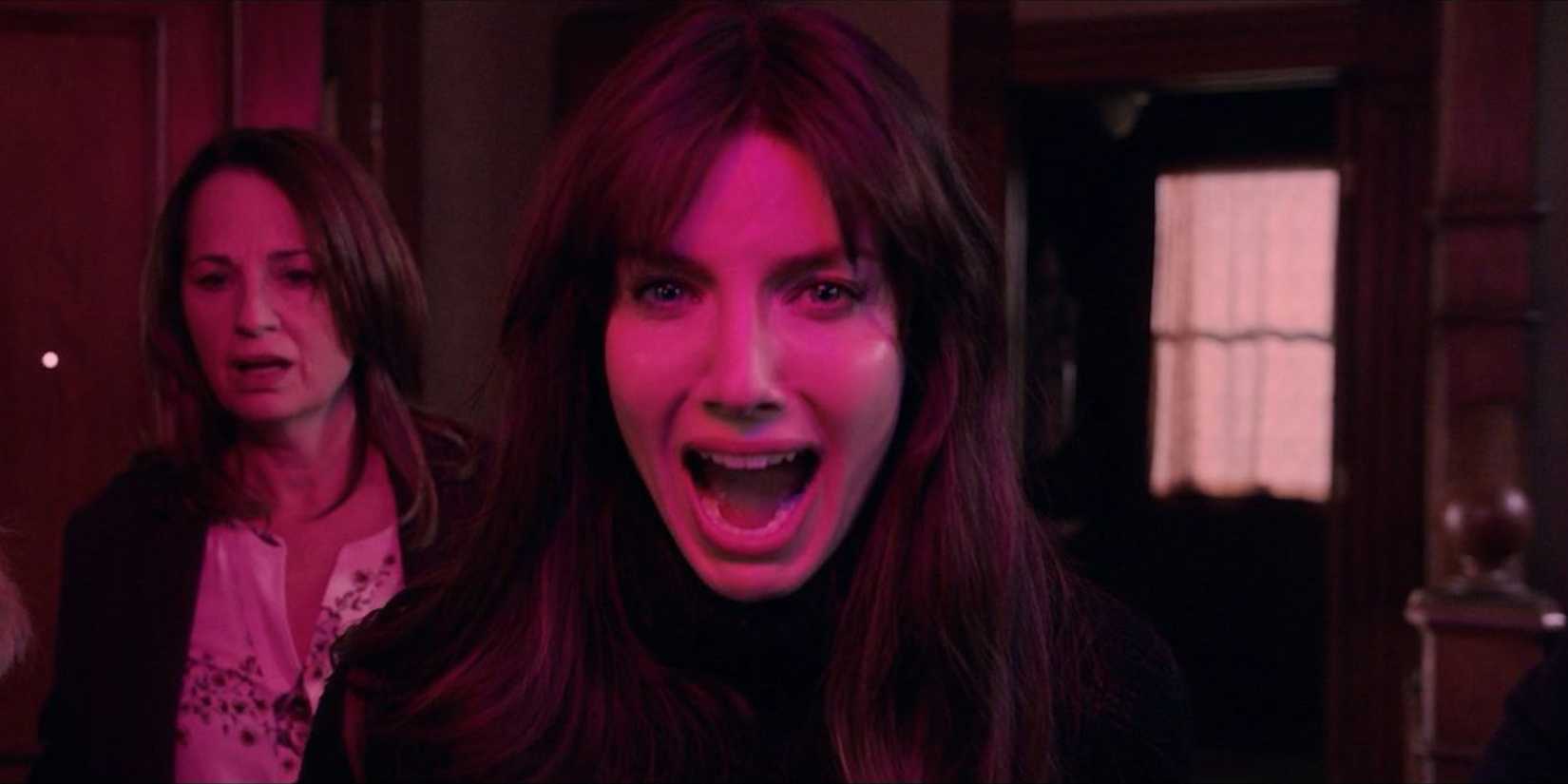
Credit: Image via Warner Bros.
“It’s time to cut out the cancer.” Malignant spends most of its runtime as a stylish, if uneven, horror mystery, though some moments (like the protagonist casually parking her car on the edge of a cliff seemingly without a care) are jarring. In the third act, however, the movie swerves into pure insanity. The twist that Madison’s (Annabelle Wallis) parasitic twin, Gabriel, has been living in the back of her skull is gleefully ridiculous, essentially making her the antagonist the whole time, but the ending pushes it into eye-rolling territory.
After a long, gory police station massacre, Madison somehow mind-over-matter’s her way into trapping Gabriel in a mental prison, complete with a cheesy monologue about reclaiming control. It’s meant to be empowering, but the execution plays like a parody of superhero movie logic, undermining the film’s earlier menace. The abrupt happy ending, where Madison reassures her sister that Gabriel is “gone for good,” feels dissonant after such gleeful chaos.
3
‘Wonder Woman 1984’ (2020)
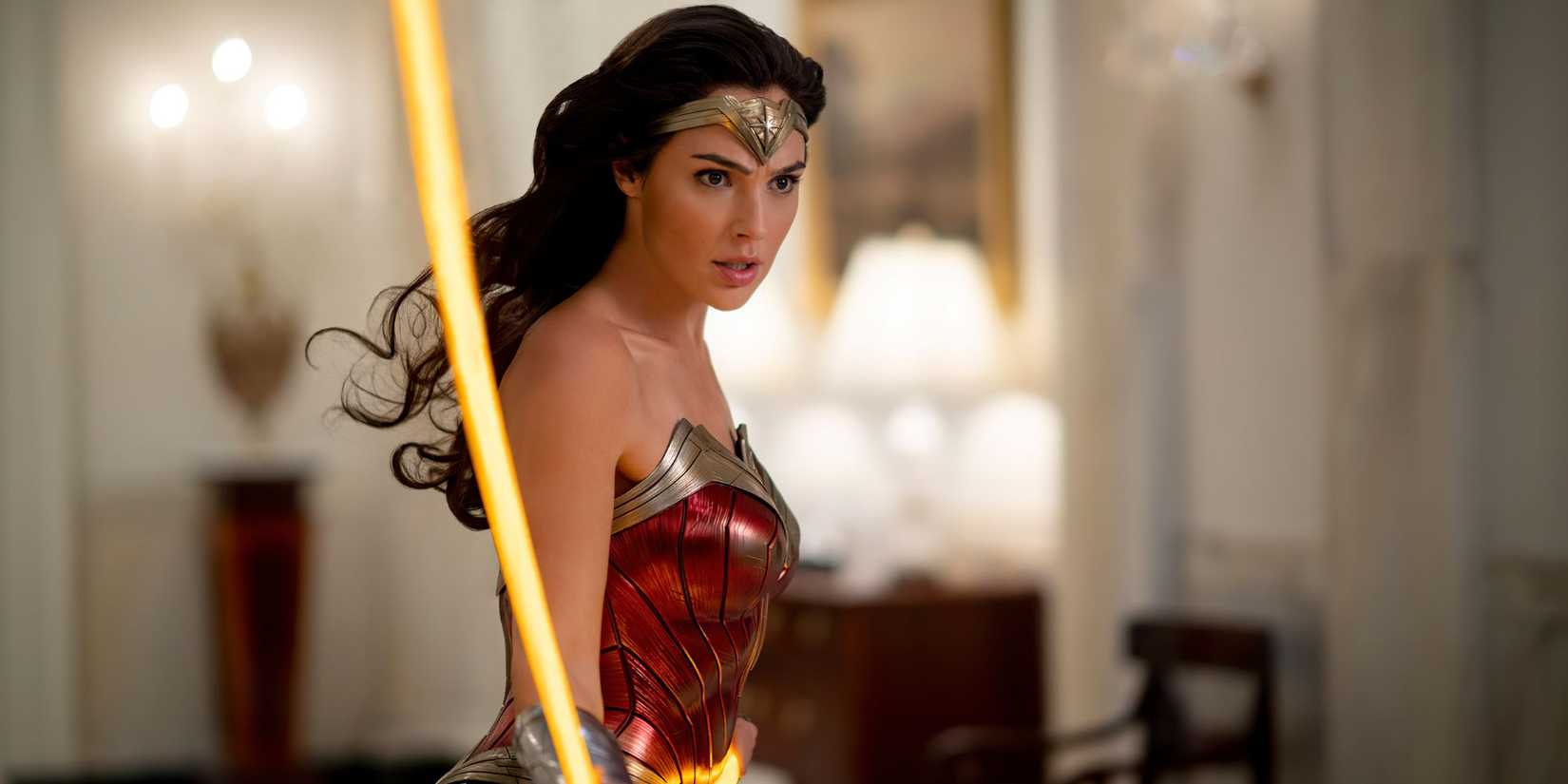
Wonder Woman bears her lasso of truth in Wonder Woman 1984.Credit: Image via Warner Bros. Pictures
“I can’t be where I’m not wanted.” The first Wonder Woman ended with an epic clash and a hard-won moral victory. Wonder Woman 1984 ends with a heartfelt TED Talk. The climax sees Diana (Gal Gadot) using her lasso of truth to broadcast a speech about honesty and selflessness to the entire world, convincing billions of people to renounce their wishes simultaneously. On paper, it’s a bold move to replace punching with persuasion, but in practice, it’s static and preachy.
The magical wish reversal raises a mess of logistical questions (do the dead just… come back? What about economic chaos?), none of which the movie bothers to answer. The emotional beats between Diana and Steve (Chris Pine) are touching, but buried under a mountain of contrivance. In a genre known for spectacle, Wonder Woman 1984’s finale is remarkable for how little actually happens. One would’ve expected more from a project with Patty Jenkins at the helm.
2
‘Joker: Folie à Deux’ (2024)
“Madness is a lot like gravity.” Few recent sequels have been more disappointing than this one. The follow-up to Joker had a tough act to follow, but Folie à Deux‘s ending is a baffling miscalculation, way worse than your average sophomore slump. After spending much of the film experimenting with musical numbers and an unreliable narrative, the story culminates in an asylum-set fantasy sequence that blurs reality beyond recognition. Ambiguity and playfulness are fine, but this scene abandons any sense of consequence.
Arthur’s (Joaquin Phoenix) and Harley’s (Lady Gaga) fate is left in a limbo so undefined that it feels more like the script gave up than an intentional choice. The final image, which should be chilling or cathartic, is decidedly half-baked, and the abrupt cut to credits leaves the audience with tonal whiplash. The original Joker left viewers debating moral and political themes; Folie à Deux leaves them wondering what the point was.
1
‘Jurassic World Dominion’ (2022)
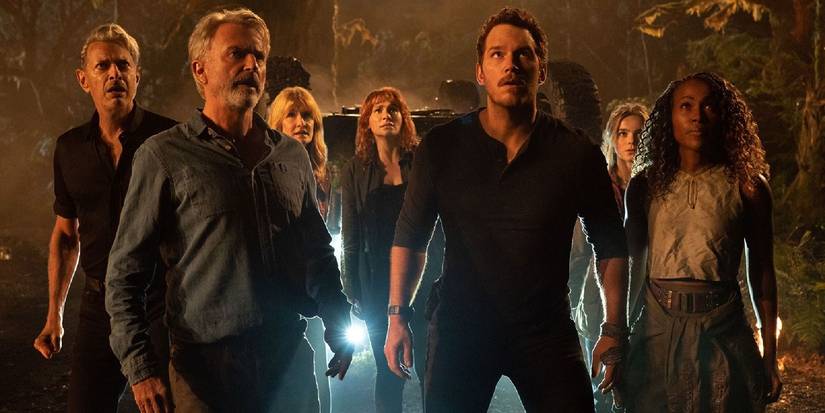
Sam Neil, Laura Dern, Bryce Dallas Howard, Chris Pratt and DeWanda Wise in Jurassic World DominionCredit: Image via Universal Pictures
“We’re not trapped in here with them… they’re trapped in here with us.” As the supposed grand finale to the Jurassic Park saga, Jurassic World Dominion should have been a dinosaur-filled crescendo. Instead, it ends with an oddly small-scale showdown in a fenced-in courtyard, where the series’ new and legacy characters team up to defeat a random predator that has nothing to do with the larger plot. The dinosaurs never feel like the true threat; instead, the finale pivots to corporate sabotage, locust subplots, and some surprisingly awkward banter.
Dominion’s last moments, shots of dinosaurs peacefully coexisting with humanity, are played as hopeful, but come across as a hasty wrap-up to avoid answering the premise’s biggest questions. There’s no awe, no terror, and no real sense of finality. How do you make velociraptors boring?! For a franchise built on spectacle, Dominion’s ending is shockingly low-energy, a far cry from the franchise’s early days.

